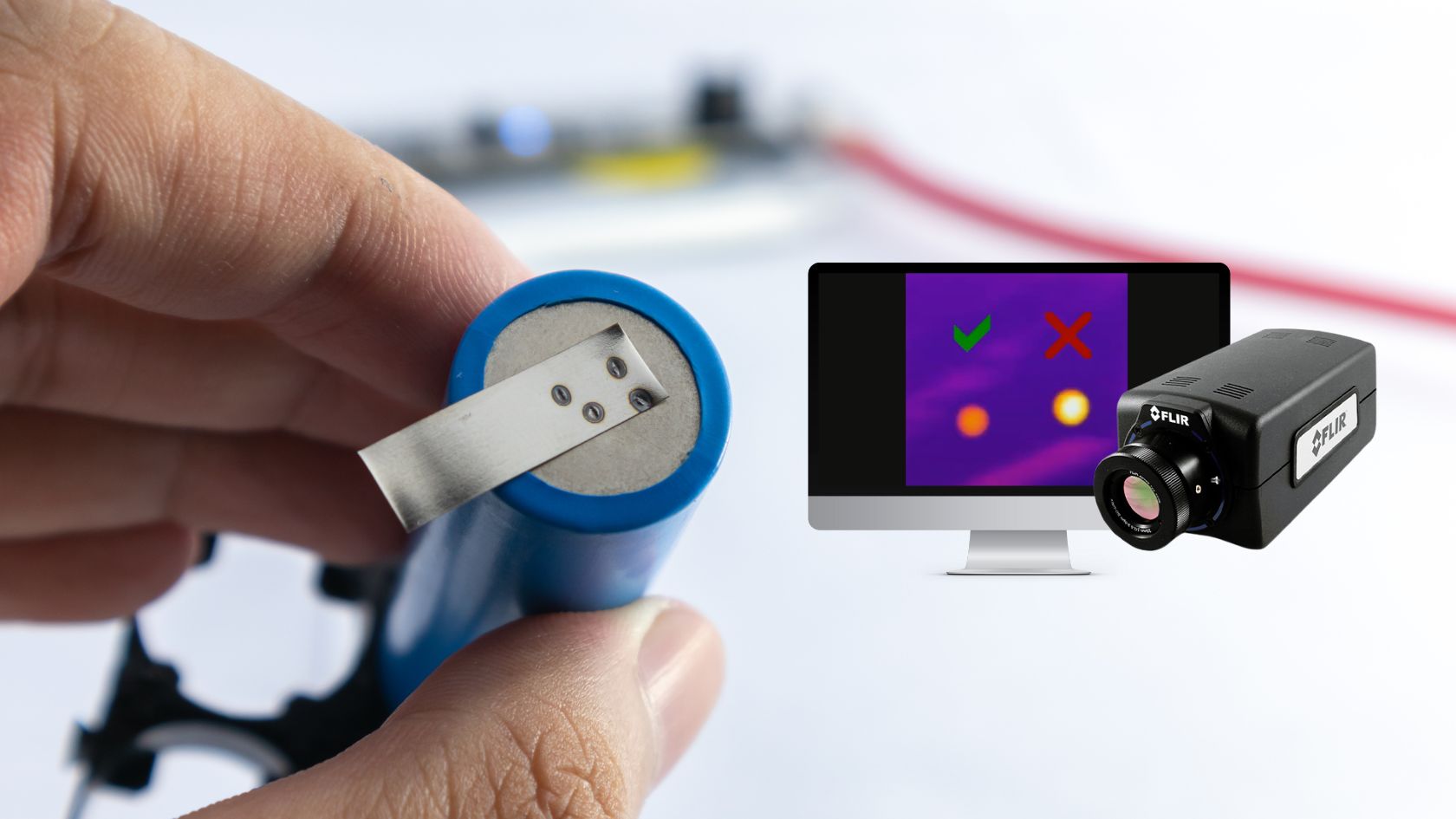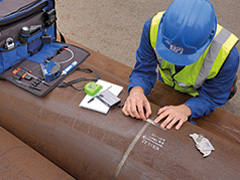A Comprehensive Guide to Welding Inspection Madison Standards
The Value of Thorough Welding Inspection in Industrial Applications
In the world of industrial applications, the importance of careful welding inspection can not be overstated. As we check out the complex benefits of diligent welding assessments, one need to consider the more comprehensive ramifications on safety and security, reliability, and cost-effectiveness in commercial procedures.
Enhancing Structural Integrity
When it comes to welding inspection in commercial applications, enhancing architectural stability is vital. The main goal of welding assessment is to make sure that the welds are capable of birthing the expected lots and stress and anxieties they will certainly run into in solution.
The significance of preserving structural honesty in welded frameworks can not be overstated. Poorly performed welds can result in devastating failures, causing costly repairs, downtime, and even endangerment of human lives. For that reason, examiners play a vital role in the lifecycle of industrial parts, offering assurance that the welding process delivers the wanted strength and resilience.
In addition, progressed innovations, such as phased array ultrasonic screening and digital radiography, deal boosted capacities in discovering possible weaknesses, enabling for rehabilitative measures prior to problems intensify. By prioritizing the honesty of welds with thorough examination, sectors can make certain operational effectiveness and expand the durability of their framework.
Determining Welding Defects
Determining welding issues is an important element of guaranteeing the security and reliability of bonded frameworks. Typical welding problems include porosity, fractures, incomplete combination, and undercutting.

Skilled examiners make use of both visual evaluation and progressed non-destructive testing (NDT) methods, such as ultrasonic or radiographic testing, to spot these flaws. The prompt recognition and correction of welding problems are important to maintain the architectural honesty and longevity of commercial components.
Guaranteeing Compliance Standards
Maintaining the honesty of bonded frameworks extends beyond determining problems; it requires adherence to rigorous compliance requirements. Compliance with recognized standards, such as those given by the American Welding Culture (AWS) and the International Organization for Standardization (ISO), guarantees that welds meet minimal safety and security and high quality demands. These criteria include a variety of criteria, consisting of product requirements, welding procedures, and credentials of welders. Adherence to these criteria is critical to avoid architectural failures, which might cause catastrophic effects in commercial applications.
Normal audits and assessments are vital in verifying compliance. Examiners should possess a thorough understanding of the appropriate criteria and be proficient at using different non-destructive testing (NDT) techniques to assess weld top quality. By making certain that welding methods straighten with conformity criteria, firms reduce the threat of non-conformity, which can result in legal liabilities and security hazards.
Furthermore, keeping compliance not only safeguards architectural stability yet additionally improves a business's online reputation in the sector. Clients and stakeholders are most likely to count on index firms that continually demonstrate a commitment to top quality and safety with strenuous compliance. Thus, making certain conformity requirements is a vital component in the effective application of welding in commercial applications.
Decreasing Upkeep Costs

The application of sophisticated non-destructive screening (NDT) approaches, consisting of ultrasonic, radiographic, and magnetic fragment examinations, boosts the ability to identify subsurface problems without compromising the structural stability of components. By employing these methods, industries can significantly extend the life span of their tools, reducing downtime and the connected economic burden of maintenance tasks.
Furthermore, a robust welding evaluation regime sustains have a peek at this site the optimization of maintenance routines, moving from reactive to predictive maintenance approaches. This proactive strategy not only reduces unforeseen failures but also improves source allocation, making certain that maintenance initiatives are concentrated and reliable. Eventually, the investment in strenuous welding assessment is countered by the significant cost savings recognized through lowered upkeep demands, contributing positively to the overall operational efficiency of industrial enterprises.
Improving Safety And Security Procedures
Welding assessment plays an essential function in this context, as it makes certain that all connections and joints fulfill rigid security requirements. Comprehensive inspections help determine problems such as splits, porosity, or insufficient blend that could jeopardize structural integrity.
Approaches like ultrasonic screening, radiographic testing, and magnetic fragment inspection enable for comprehensive assessment without harming the structure. Carrying out a robust top quality control system that includes routine training for inspectors and welders guarantees adherence to read the full info here established safety criteria.
Last but not least, promoting a society of safety and security within the company stresses the significance of thorough welding inspections. Urging open communication and partnership among welders, engineers, and inspectors adds to a shared commitment to safety excellence. Welding Inspection Madison. In doing so, sectors can secure their operations, secure workers, and preserve public count on

Final Thought
Comprehensive welding assessment is indispensable in commercial applications, substantially boosting architectural integrity and reliability. By utilizing innovative non-destructive testing methods, possible welding flaws such as cracks and incomplete fusion are identified early, making certain compliance with market criteria and promoting customer trust fund. Strenuous inspections result in decreased maintenance expenses and add to a much safer working atmosphere. Ultimately, the thorough execution of welding examinations plays a crucial duty in maintaining operational effectiveness and safety and security in commercial setups.
As we check out the complex advantages of thorough welding examinations, one must consider the broader implications on security, integrity, and cost-effectiveness in commercial procedures.
The key objective of welding assessment is to make certain that the welds are capable of bearing the expected stress and anxieties and loads they will certainly come across in solution. Reliable welding examination plays an integral duty in lessening these prices by ensuring the stability and durability of welds, therefore reducing the risk of early failures.Extensive welding inspection is indispensable in industrial applications, significantly improving structural integrity and dependability. Eventually, the thorough implementation of welding inspections plays an essential role in keeping functional effectiveness and safety and security in commercial settings.